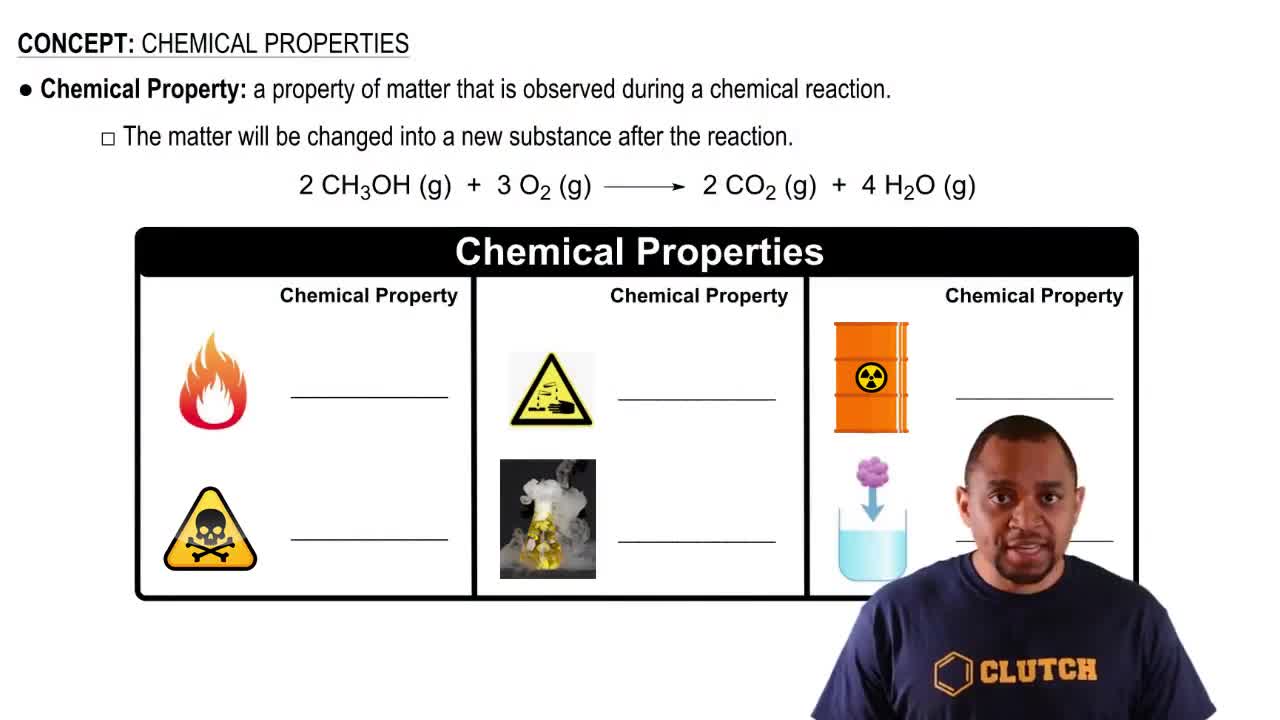Here are the essential concepts you must grasp in order to answer the question correctly.
Chemical Nomenclature
Chemical nomenclature is the systematic naming of chemical compounds based on established rules. It allows chemists to communicate clearly about substances. The International Union of Pure and Applied Chemistry (IUPAC) provides guidelines for naming compounds, which include identifying the type of compound (ionic, covalent, etc.) and using appropriate prefixes or suffixes.
Recommended video:
Ionic Compounds
Ionic compounds are formed when atoms transfer electrons, resulting in the formation of charged ions. In the case of KClO, potassium (K) donates an electron to form a positively charged ion (K+), while the chlorate ion (ClO3-) is a negatively charged polyatomic ion. Understanding the nature of these ions is crucial for correctly naming the compound.
Recommended video:
Polyatomic Ions
Polyatomic ions are ions composed of two or more atoms bonded together that carry a net charge. In KClO, the chlorate ion (ClO3-) is a common polyatomic ion. Recognizing polyatomic ions and their charges is essential for naming compounds that include them, as they often have specific names that differ from their elemental components.
Recommended video:
Polyatomic Ion Variations
 Verified step by step guidance
Verified step by step guidance


